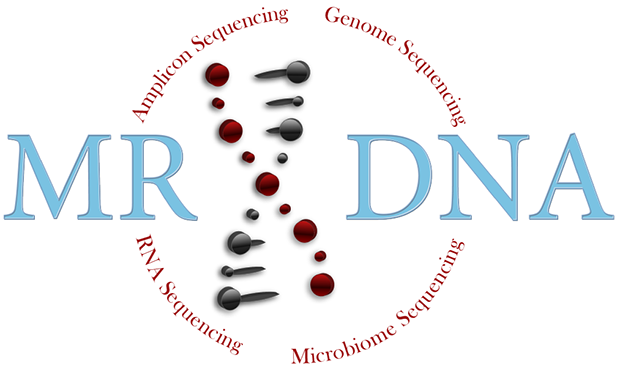Mother’s immune system may be key to delivery date
Emerging immunological research indicates maternal immune signaling may help regulate the timing of labor.

During pregnancy, the maternal immune system must balance tolerance of the fetus with protection against infection. Recent studies suggest immune signatures change predictably across gestation.
High-dimensional immune profiling and genomic analysis have revealed patterns that may help predict preterm labor risk, opening the door to earlier intervention and improved neonatal outcomes.
Next-generation sequencing enables detailed characterization of immune-related gene expression, offering scalable tools to study pregnancy at the molecular level.
